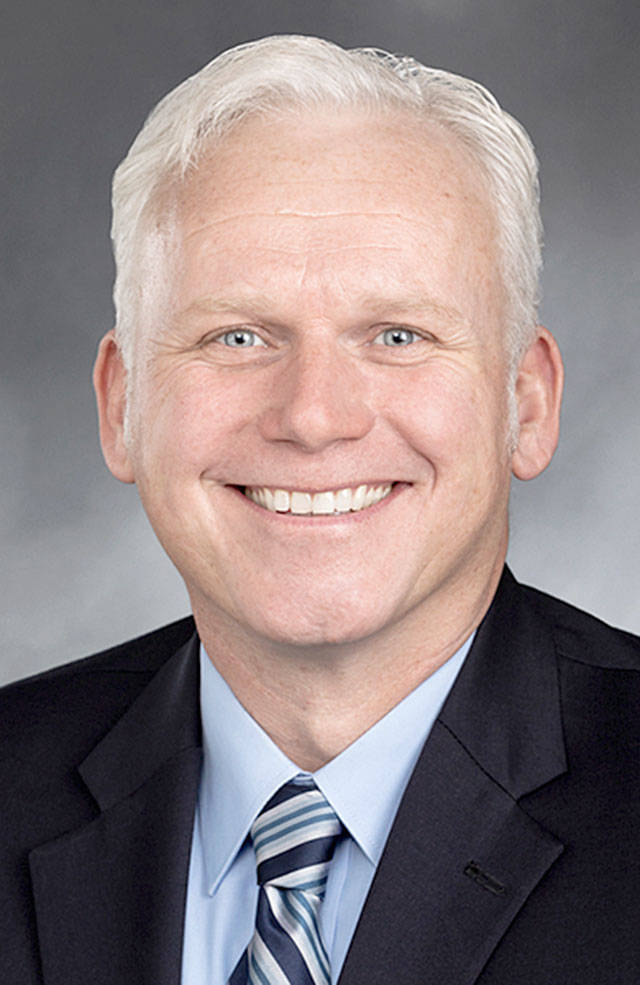Two former state officials’ recent proposal to discontinue timber harvests on trust lands managed by the Department of Natural Resources would be bold, ambitious and a game-changer.
It would also be a disaster — not just for our post-pandemic economy but for our efforts to reduce carbon emissions.
I don’t say this lightly. As chair of the Senate Agriculture, Water, Natural Resources & Parks Committee, as a member of the Senate Ways & Means Committee that writes our state’s budgets, and as a longtime representative of the 24th District who has helped shape sensible timber policies for years, I believe the fallout that would result from decreeing our trust lands off limits cannot be overstated.
First, this would steadily eliminate thousands of family-wage jobs on which our rural economies and communities west of the Cascades rely. At the same time, it would continually erode more than $180 million in non-tax revenue generated by the harvest of our trust lands for public schools and other community services, including the badly needed seismic retrofitting of public schools across our state, keeping kids safe.
Cities, counties and local fire districts also depend on funds from this account. These are just three examples of economic consequences that would require us to raise taxes somewhere else to offset these losses.
Second, this strategy would surrender vast areas of forest to wildfires. We’ve witnessed the futility of such policy at the federal level for 30 years in national forests across the West. In 2020, nearly five million acres of U.S. Forest Service-managed lands burned in wildfires, emitting massive amounts of smoke and carbon that wiped out the entirety of our nation’s pandemic-related clean air gains last year.
We don’t want to repeat that strategy here, setting aside lands only to see a massive wildfire erase all gains from our sequestration efforts. The only proven way to capture carbon without fire risk is to responsibly harvest timber on a sensible schedule.
When timber is sustainably harvested to create wood products, carbon is stored for the life of those products and kept out of the air. Indeed, studies show that harvesting trees and using wood products from private forests reduces Washington state’s carbon footprint by 12 percent.
Those of us who are concerned about climate change should be asking where our wood products come from. For me, the answer is simple. Our wood products should come from within our state. Working forests, including state trust lands, provide carbon-storing wood products and good-paying jobs in our rural communities.
Reducing timber harvests on Department of Natural Resources trust lands would increase carbon emissions and environmental degradation by shifting timber harvesting to places that do not share our environmental standards and practices. Where is the gain from reducing local harvests if we then burn more fossil fuels to import and transport wood products from thousands of miles away?
State trust lands are managed under some of the strictest environmental laws and regulations in the world while providing great recreational opportunities. Timber is harvested at a rate that is in balance with the growth rate of the forest. On average, three trees are planted for every tree harvested. To support vulnerable wildlife species, about 45 percent of state trust lands are already set aside from harvest.
Addressing climate change requires effective, sound policy. Undermining Washington state’s leadership in sustainable forestry is not a solution. Neither is outsourcing our demand for wood products.
It’s not surprising that Lands Commissioner Hillary Franz rightly opposes this plan. It’s also worth noting that the plan’s two authors never proposed anything remotely like it during the 12 combined years they served as lands commissioner and House chair of natural resources. It didn’t make sense then, and it doesn’t now.
Sen. Kevin Van De Wege (D-Sequim) represents the 24th Legislative District and chairs the Senate Agriculture, Water, Natural Resources & Parks Committee.



